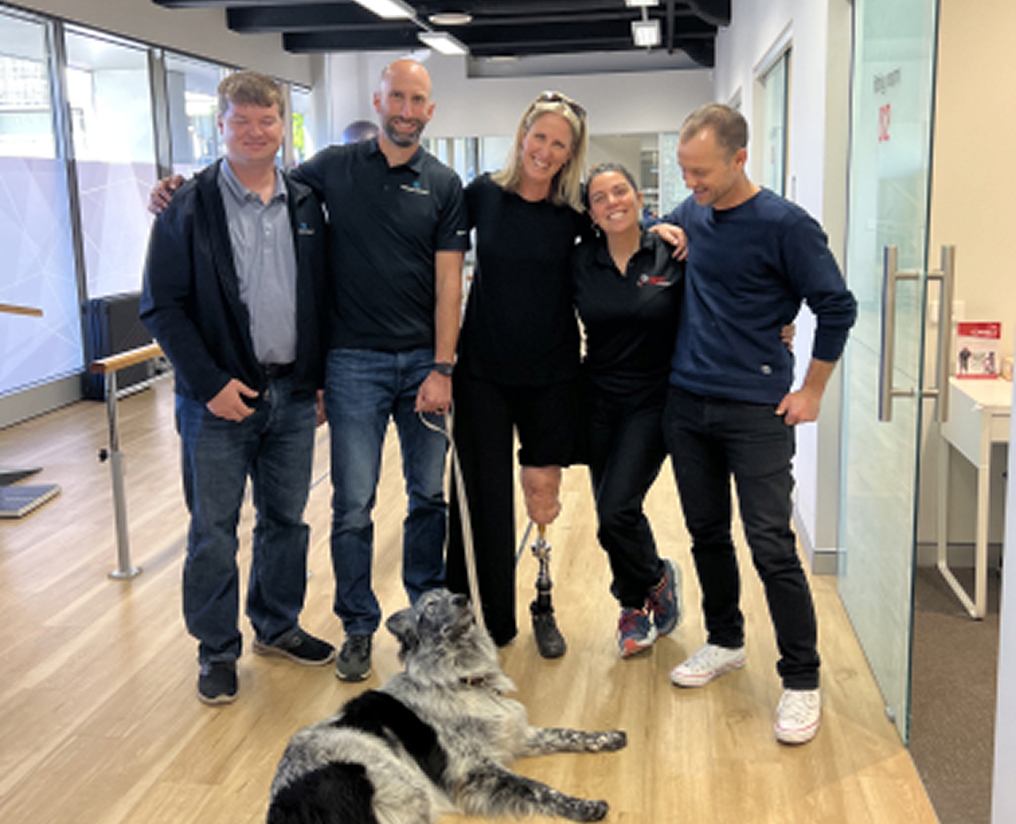
The Difference Between Bionics and Prosthetics
What are Prosthetics? What do you picture when you hear the word, bionics? Maybe the things you’ve seen in movies like Terminator – high tech computers integrated with the bo...



The main reason for using an OI prosthesis over a socket-based prosthesis is socket issues.
Certain medical conditions or presentations may make Osseointegrated prosthetics unsuitable or increase surgical risks, including:


